The Future Depends on our Ability to Adapt: Composting
28/01/2021
The soil is a mixture of organic and inorganic material, of biological and mineral origin, with variable compositions (and properties) from the chemical, physical and biological point of view, which nourishes all plant life, from the annual pastures to the trees planted by our ancestors. It is the organisms that make up the soil biome (worms, insects, fungi, bacteria, among many others) that degrade and transform plant and animal waste, mobilizing and making available the nutrients resulting from this process in forms that can be assimilated by plants. Since compost ideally mimics soil, it should be rich in beneficial organisms and balanced with highly bioavailable nutrients.
Among the various composting options in the context of Montado/Dehesa, composting in piles is the most common option, either in a single pile (short) or in rows (long piles), depending on the amount of material, space and machinery available.
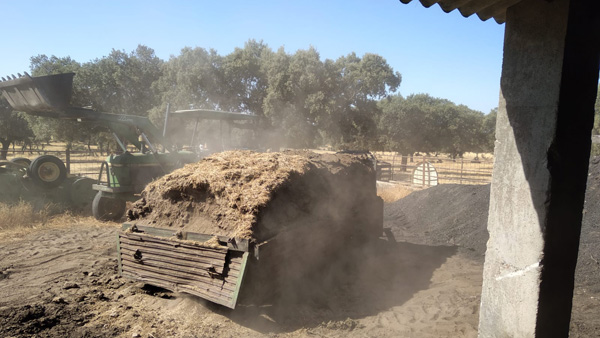
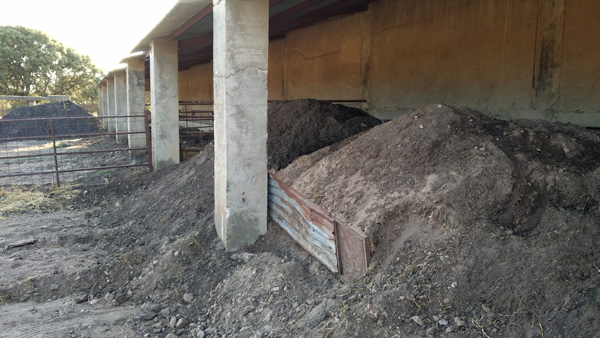
The raw material needed for composting is usually available on the farm, in particular the residues from pruning and thinning out (carbon source) and the waste from bedding and livestock installations (manure - nitrogen source).
To obtain quality compost it is necessary to take into account factors such as: the size of the materials, their proportion in the mixture, the humidity, the temperature and the availability of oxygen in the compost heap.
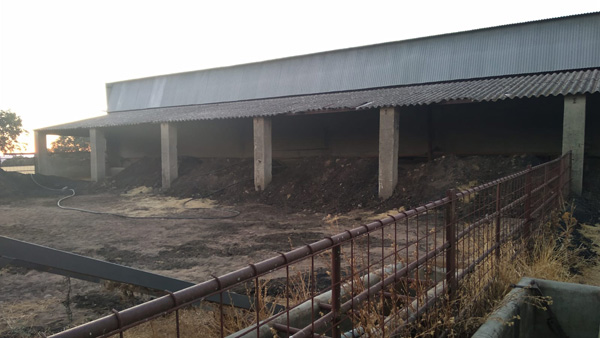
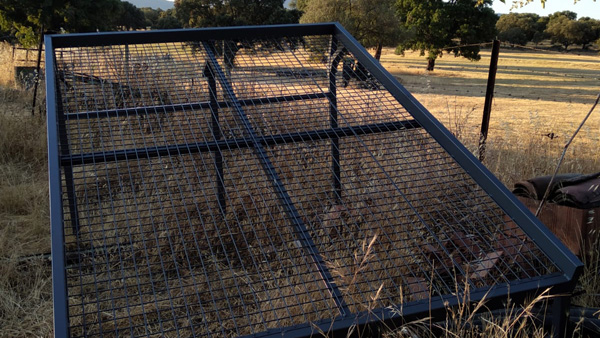
Insufficient temperature and humidity, as well as excess Carbon (C), inhibits the process, while excess humidity and Nitrogen (N), or insufficient aeration, leads to anaerobic decomposition (without oxygen), giving rise to putrefaction odours and a product with properties different from those desired.
Proper control of these factors increases the speed and quality of the composting process.

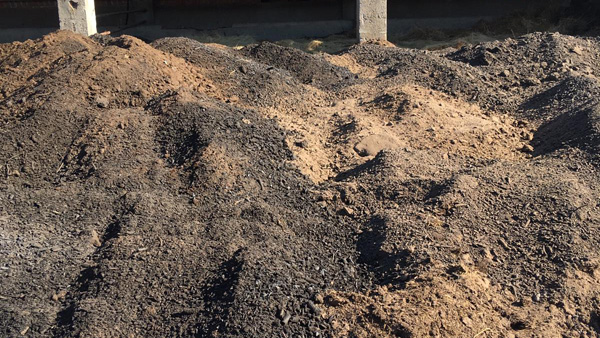
In this way, it is possible to close cycles on the farm, through the valorisation of waste normally burnt (e.g. pruning) and with nutrients concentrations with contamination potential (manure). This results in a product with added value that can be marketed and that contributes to: i) soil fertilisation (increased bioavailability of nutrients); ii) improvement of the soil’s structure (more aeration, better retention/drainage/percolation of water); iii) promotion of beneficial micro-organisms, increasing the speed of the nitrogen and carbon cycles and metabolising the excess nutrients, integrating them into the soil trophic chain; (iv) reduction of the volume of oxidized waste that releases greenhouse gases (GHG) into the atmosphere (methane and carbon dioxide) and, simultaneously, increase of the soil's carbon fixation capacity through the action of the microorganisms that integrate it.

